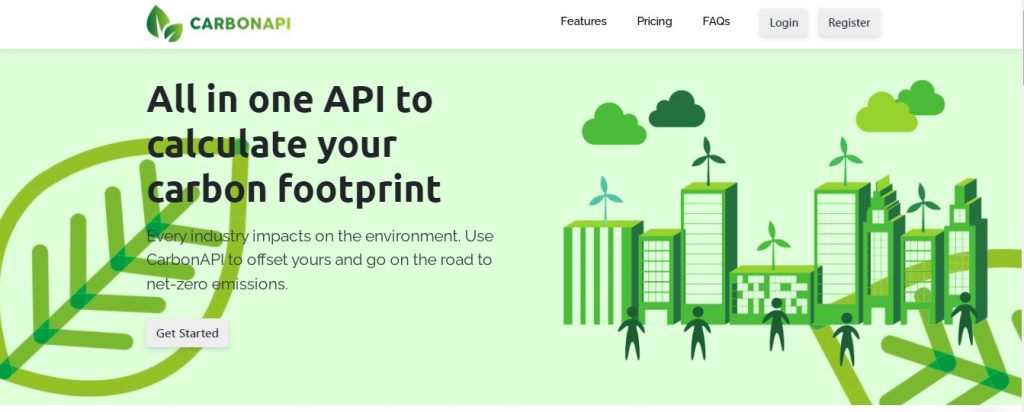If you own a restaurant or you work there, you want to increase its profitability and it means being carbon neutral to help the environment. You should begin with a free carbon calculator API, and in this post, we’ll suggest one.
According to the UN, the “food industry accounts for approximately 30 percent of total global energy consumption and approximately 22 percent of overall greenhouse gas emissions.” The more people who focus on lowering their environmental footprint, the greater the influence on lowering these figures.

The existing restaurant model is not sustainable. Waste is a major issue. Every year, 1.1 million tonnes of food are wasted in the hotel and foodservice sector in the United Kingdom alone, 75 percent of which is unnecessary and might have been eaten.
Food waste is a huge source of carbon emissions (if it were a country, it would be the third greatest carbon emitter behind the US and China), but it doesn’t stop there. Annually, the UK industry discards 1.3 million tonnes of packaging and 0.66 million tonnes of other “non-food” trash.
However, waste is simply one aspect of a larger issue. Emissions occur at all stages of the supply chain, from harvest to finished product. When it comes to procuring food, you must consider the items themselves as well as the energy consumed in transporting them from their origin to your restaurant.
Then there are the emissions generated by the restaurant itself as a result of your power and gas use, as well as all of the single-use plastic we’ve grown accustomed to seeing in the kitchen.
Sadly, it all piles up and might appear to be an insoluble problem; all of these pollutants must just be inherent in the sector. More and more restaurants are making the transition to carbon neutrality.
Restaurants and restaurant groups that are carbon neutral do exist. To do this, they lowered their emissions, discovered novel techniques to increase sustainability, such as harnessing the heat energy generated by refrigerators to heat the restaurants’ hot water and engaged in carbon compensation.
Some restaurants are embracing environmentally friendly practices to minimize emissions and connect with the ecosystem. To begin thinking about these projects, an application programming interface (API) is the most efficient and high-tech approach to collecting information about your company’s CO2 emissions. As a result, your company’s efforts to reduce its carbon footprint will be acknowledged.
What Is An API?
Using an application programming interface (API) that calculates carbon emissions in real-time is the most effective approach to collecting data about your company’s greenhouse gases. It can estimate the amount of carbon footprint emitted and develop ways to reduce them. You may also include it in a website or app to exchange data.
The API calculates length in kilometers or miles and weighs tons or kilos to calculate life energy in kWh. Your organization will be rewarded for decreasing its environmental impact because you will be held accountable for publicizing your environmental footprint and finding strategies to lessen it as a consequence of this technology. To aid with climate change mitigation, we propose a Carbon API.

Why CarbonAPI?
CarbonAPI is a powerful API for estimating your ecological footprint. You may lower your CO2 emissions by using sustainable development measures such as biodiversity protection and alternative resources. The software’s purpose is to improve long-term sustainability, honesty, and accountability.
Its goal is to assist companies in reducing pollution. CarbonAPI, on the other hand, enables developers to give precise carbon emissions estimations to users. CarbonAPI can use this data to help you reduce your energy consumption in real-time.

